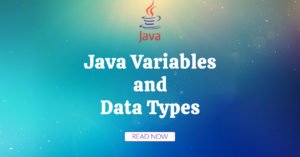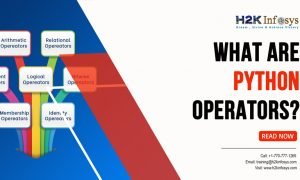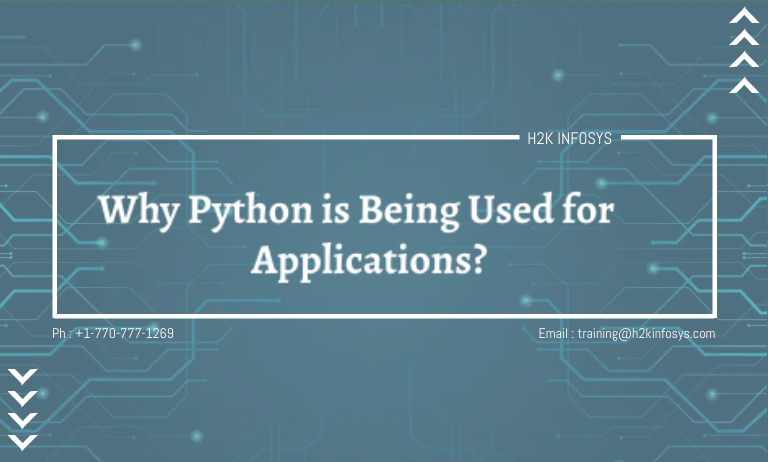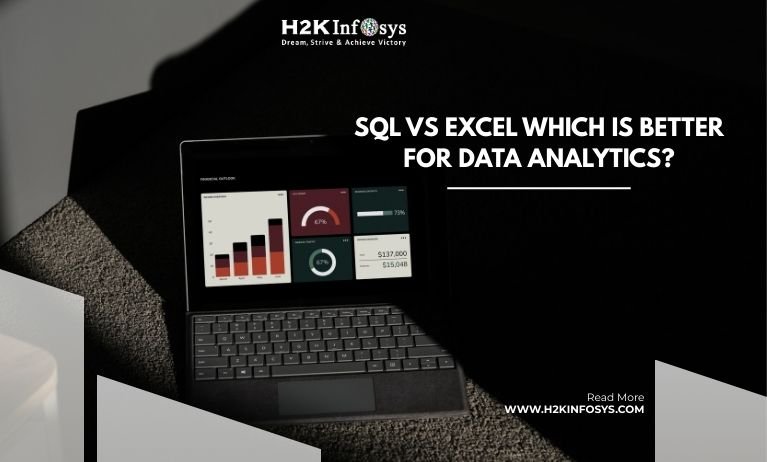As organizations continue to adopt cloud computing, the role of a Data Engineer has become increasingly critical. Among the popular cloud platforms, Microsoft Azure stands out for its comprehensive suite of data services. Azure Data Engineers are responsible for designing, implementing, and maintaining data solutions on Azure, including data storage, processing, and analytics. This blog will provide a comprehensive list of Azure Data Engineer interview questions and answers, covering basic concepts, advanced topics, and best practices. This guide will help you prepare effectively for your Azure Data Engineer interviews.
What is Azure Data Factory (ADF)?
Answer: Azure Data Factory (ADF) is a cloud-based data integration service that allows you to create data-driven workflows for orchestrating and automating data movement and data transformation. It supports data integration from various sources and provides a scalable solution for big data processing.
What are the key components of Azure Data Factory?
Answer: The key components of Azure Data Factory are:
Pipelines: A logical grouping of activities that perform a unit of work.
Activities: Tasks performed within a pipeline (e.g., data movement, data transformation).
Datasets: Representations of data structures pointing to data.
Linked Services: Connections to data stores and compute services.
Triggers: Schedules or events that initiate pipeline execution.
Explain the difference between Azure Blob Storage and Azure Data Lake Storage.
Answer:
Azure Blob Storage: A general-purpose object storage solution for unstructured data, such as images, videos, and documents. It supports hot, cool, and archive tiers for cost-effective data storage.
Azure Data Lake Storage: A hierarchical data storage solution designed for big data analytics. It integrates with the Hadoop ecosystem and provides advanced security features, such as access control lists (ACLs).
What is Azure Synapse Analytics?
Answer: Azure Synapse Analytics (formerly SQL Data Warehouse) is a comprehensive analytics service that combines big data and data warehousing. It provides an integrated environment for data ingestion, preparation, management, and serving, offering both on-demand and provisioned resources for scalability and performance.
What are Azure Data Bricks?
Answer: Azure Databricks is an Apache Spark-based analytics platform optimized for the Azure cloud. It provides a collaborative environment for data engineering, data science, and machine learning. Azure Databricks integrates seamlessly with Azure services and offers features like interactive notebooks, automated workflows, and real-time data processing.
Data Processing and Transformation
How do you implement ETL processes in Azure?
Answer: ETL processes in Azure can be implemented using several services, including:
Azure Data Factory: For orchestrating data movement and transformation.
Azure Databricks: For data transformation using Spark.
Azure SQL Database or Azure Synapse Analytics: For storing transformed data.
What is a Dataflow in Azure Data Factory?
Answer: A Dataflow in Azure Data Factory is a visual data transformation tool that allows users to design data transformations without writing code. It supports a wide range of transformations, including joins, aggregations, and data cleansing. Dataflows can be used within ADF pipelines to transform data at scale.
How do you handle data transformations in Azure Databricks?
Answer: Data transformations in Azure Databricks are handled using Apache Spark. Spark provides a powerful engine for large-scale data processing, with support for dataframes, SQL, and machine learning. Users can write transformation logic in languages like Python, Scala, or SQL within Databricks notebooks.
Explain the concept of Delta Lake in Azure Databricks.
Answer: Delta Lake is an open-source storage layer that provides ACID transactions, scalable metadata handling, and unified streaming and batch data processing. It enables reliable data lakes and ensures data quality with features like schema enforcement and data versioning.
What are Mapping Data Flows in Azure Data Factory?
Answer: Mapping Data Flows in Azure Data Factory are data transformation activities that allow you to perform complex data transformations at scale. They provide a visual interface for designing data flows, including source and destination mapping, transformations, and data filtering.
Security and Best Practices
How do you secure data in Azure?
Answer: Data security in Azure can be achieved through:
Encryption: Using encryption at rest (e.g., Azure Storage Service Encryption) and in transit (e.g., TLS/SSL).
Access Control: Implementing role-based access control (RBAC) and Azure Active Directory (AAD) for identity and access management.
Network Security: Using Virtual Network (VNet) and Network Security Groups (NSGs) to secure network traffic.
Monitoring and Auditing: Leveraging Azure Monitor, Azure Security Center, and Azure Policy for monitoring and compliance.
What is Azure Key Vault, and how is it used in data engineering?
Answer: Azure Key Vault is a cloud service for securely storing and accessing secrets, such as API keys, passwords, and certificates. In data engineering, it can be used to securely manage connection strings, service principal keys, and other sensitive information used in ETL processes.
How do you ensure data quality in Azure Data Engineering solutions?
Answer: Ensuring data quality involves:
Data Validation: Implementing checks and validation rules during data ingestion and transformation.
Data Cleansing: Removing duplicates, correcting errors, and standardizing data formats.
Data Monitoring: Using tools like Azure Monitor and Log Analytics to track data quality metrics.
Data Governance: Implementing data governance policies and procedures to maintain data integrity.
What are some best practices for optimizing data pipelines in Azure?
Answer: Best practices include:
Partitioning Data: Using partitioning strategies to improve query performance and data processing efficiency.
Caching: Leveraging caching mechanisms to reduce latency and improve performance.
Resource Management: Right-sizing resources and scaling up/down based on workload requirements.
Monitoring and Logging: Implementing comprehensive monitoring and logging to identify and troubleshoot issues.
Advanced Topics
What is Azure Stream Analytics, and how is it used?
Answer: Azure Stream Analytics is a real-time analytics service for processing streaming data from various sources, such as IoT devices, social media, and applications. It allows users to define queries using a SQL-like language to analyze data in motion and derive insights.
Explain the concept of PolyBase in Azure Synapse Analytics.
Answer: PolyBase is a feature in Azure Synapse Analytics that allows querying data from external sources using T-SQL. It enables users to access and query data stored in Azure Blob Storage, Azure Data Lake Storage, and other external data sources without moving the data.
What is Azure HDInsight, and how does it fit into the Azure data ecosystem?
Answer: Azure HDInsight is a fully managed cloud service that makes it easy to process big data using popular open-source frameworks, such as Hadoop, Spark, Hive, and HBase. It provides a scalable and flexible solution for big data analytics, data warehousing, and machine learning.
How do you implement real-time data processing in Azure?
Answer: Real-time data processing can be implemented using services like Azure Stream Analytics, Azure Databricks, and Azure Event Hubs. These services allow for the ingestion, processing, and analysis of streaming data in real-time, enabling timely decision-making and insights.
What are the advantages of using Azure Data Lake Storage Gen2 over Gen1?
Answer: Azure Data Lake Storage Gen2 offers several advantages over Gen1, including:
Hierarchical Namespace: Provides improved data organization and faster file access.
Enhanced Security: Supports role-based access control (RBAC) and integration with Azure Active Directory (AAD).
Cost Efficiency: Offers more cost-effective storage with hot, cool, and archive tiers.
Compatibility: Integrates with a broader range of Azure services and supports POSIX-compliant access.
What is Azure Data Catalog, and how is it used in data engineering?
Answer: Azure Data Catalog is a fully managed data discovery and metadata management service. It enables data engineers and data consumers to discover, understand, and consume data sources. It supports data governance by providing a centralized repository for metadata and promoting data asset collaboration.
Conclusion
The role of an Azure Data Engineer involves a wide range of responsibilities, from designing and implementing data solutions to ensuring data security and quality. Preparing for an interview requires a solid understanding of Azure services, data engineering concepts, and best practices. This list of Azure Data Engineer interview questions and answers provides a comprehensive guide to help you prepare for your interviews and demonstrate your expertise in the field. By mastering these topics, you can confidently pursue a career in Azure data engineering and contribute to building scalable and efficient data solutions.


























